HIGHLIGHTS

NOAA
Celebrates Shark Week 2018
Sharks play an important role in
the food web and help ensure balance in ocean ecosystems. NOAA Fisheries works
with the regional fishery management councils to conserve and sustainably
manage shark populations. Join us for Shark Week 2018 as we celebrate these top
ocean predators.
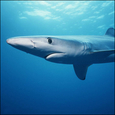
12
Shark Facts That May Surprise You Celebrate Shark Week by learning something new
about sharks! Did you know scientists think sharks first appeared in the
ocean around 455 million years ago?
|

Meet
Shark Researcher Lisa Natanson Fisheries
biologist Lisa Natanson works for the Northeast Fisheries Science Center’s Apex
Predators Program, with a focus on shark ageing and reproduction.
|
.
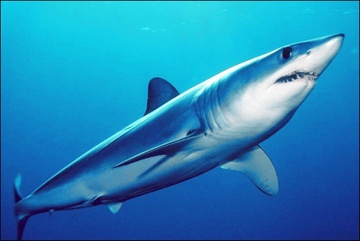
Proposed
Shortfin Mako Rule – Open for Comment
By October 1, please submit your comments on a proposed rule and Draft
Amendment 11 to the 2006 Consolidated Highly Migratory Species Fishery
Management Plan. The proposed amendment aims to end overfishing of shortfin
mako sharks and to rebuild their populations.
Alaska
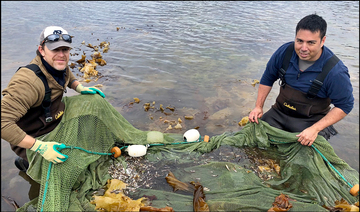
Science
Blog: Young Cod Population Study
Researchers just got back from Kodiak, Alaska after a
successful week of surveying for young-of-the-year Pacific cod. In this
ongoing blog, representatives from the University of Alaska Fairbanks and
Oregon State University along with NOAA Fisheries scientists will follow young
Pacific cod to determine when, where, and how they do in their first year of
life.
West Coast
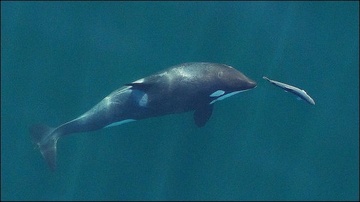
Prioritizing
Salmon to Support Orca Recovery
NOAA Fisheries and the Washington
Department of Fish and Wildlife developed a prioritized list of West Coast
Chinook salmon stocks that are important to the recovery of endangered Southern
Resident killer whales. One of NOAA Fisheries’ eight Species
in the Spotlight, the endangered Southern Residents prefer to eat Chinook
salmon but have had trouble finding food as salmon numbers have diminished.
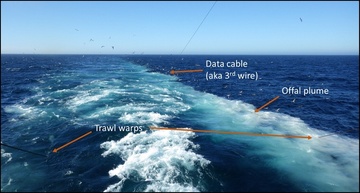
Engineering
Safer Boats for Seabirds
At a 2-day workshop last fall,
scientists and industry representatives met to design potential solutions to
the problem of seabirds striking net cables on catcher–processor vessels in
fisheries along the U.S. West Coast and Alaska. Workshop participants proposed
five cost-effective measures, which vessels in the fleet are now voluntarily testing.
Pacific Islands

Partnering with The Nature Conservancy in Hawaii
In celebration of NOAA’s Habitat
Month, read an interview with Kim Hum from The Nature Conservancy in
Hawaii. The Nature Conservancy is one of NOAA Fisheries Office of Habitat
Conservation’s closest partners, working with us on dozens of community-based
restoration projects around the country.

Critical
Habitat for False Killer Whale Population
NOAA Fisheries has designated
critical habitat for the Main Hawaiian Islands Insular False Killer Whale
Distinct Population Segment under the Endangered Species Act in waters
surrounding the main Hawaiian Islands. Critical habitat protections apply only
to activities that are funded, authorized, or carried out by a federal agency.
Southeast
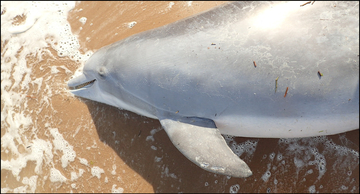
Reward
for Information in Pregnant Dolphin Case
NOAA’s Office of Law Enforcement
is investigating a case involving a pregnant bottlenose dolphin found dead on
the beach in Waveland, Mississippi. A necropsy revealed the dolphin died of a
gunshot wound. Several nonprofits are offering a combined reward of $11,500 for
information leading to successful identification of the person responsible.

Final
Rule for South Atlantic Red Snapper
NOAA Fisheries issued a final
rule to specify annual catch limits and allow limited commercial and
recreational harvest of South Atlantic red snapper beginning in 2018. Limited
harvest beginning this year is not expected to result in overfishing, or to prevent
continued rebuilding of the population.
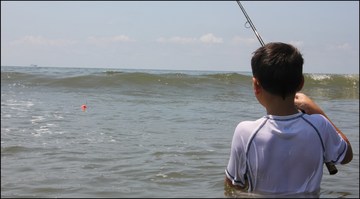
Louisiana Trustees Release Two Restoration Plans
The Louisiana Trustee
Implementation Group for the Deepwater Horizon Natural Resources Damage
Assessment released two final restorations plans last week. Final
Restoration Plan #2 will restore lost recreational opportunities,
while Final
Restoration Plan #4 will improve recreation while reducing
nutrient runoff.
Greater Atlantic

NOAA
Announces Monkfish Research Awards
NOAA Fisheries and the New
England and Mid-Atlantic Fishery Management Councils announced the 2018-2019 Monkfish
Research Set-Aside Program grant recipients. These three new, 2-year
cooperative research projects will improve understanding of monkfish biology
and how to reduce the catch of skates in monkfish gillnet gear.

NOAA
Approves Sector Operations Plans
NOAA Fisheries is approving
Northeast Fishery Sector 9’s operations plan to allow it to operate as a
lease-only sector. We are also allocating 2018 quotas to Sectors 7 and 9 based
on catch limits recommended by the New England Fishery Management Council. In
addition, we are approving an amendment to Sector 7’s operations plan. Please
submit your comments on this interim final rule
by August 20.

NOAA
and the Chesapeake Bay Program
The
Chesapeake Bay, a vast and complex ecosystem that supports important fisheries,
faces many challenges. To identify and implement solutions, NOAA and dozens of
partners formed the Chesapeake Bay Program in 1983. In 2014, program partners
signed the Chesapeake Bay Watershed Agreement, which outlines 10 goals to
support restoration and protection of the bay.

2018
Great Lakes Habitat Restoration Awards
NOAA
Fisheries is working with the Great Lakes Restoration Initiative to invest in
habitat restoration projects in the Great Lakes region. This week, NOAA
recommended $4.78 million in funding for eight projects to restore habitats for
Great Lakes species by opening rivers to fish passage, reconnecting rivers to
floodplains, restoring riparian areas and coastal wetlands, and enhancing
instream habitat.
|